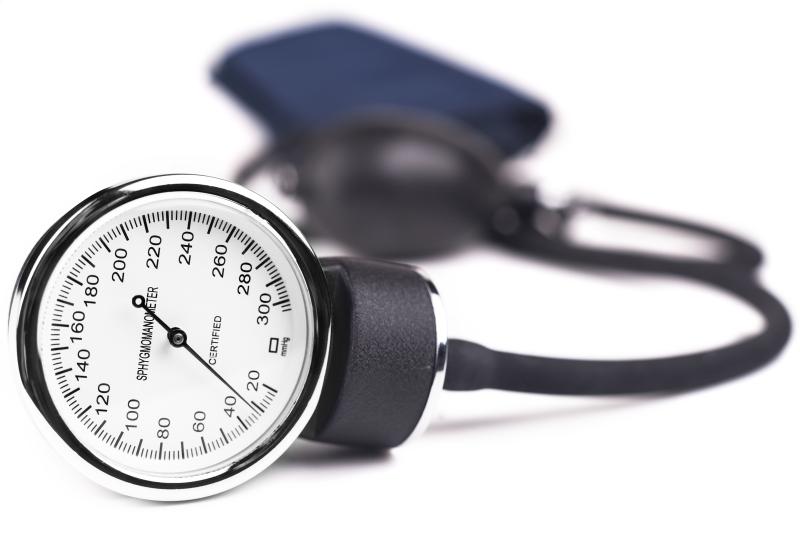
There appears to be a significant difference in blood pressure (BP) values across measurement techniques, with unattended automated office systolic (S)BP being 10-mm Hg lower than office auscultatory or attended automated office (AO)BP values, a study has shown.
“In epidemiological settings, a threshold of unattended AOBP at least 130/85 mm Hg should make comparison of hypertension prevalence possible with studies using auscultatory techniques and cutoff values of 140/90 mm Hg,” the authors said.
Auscultatory BP was on average 10.6/5.6-mm Hg higher than unattended AOBP. Oscillometric attended AOBP was also higher than unattended AOBP by 9.9/3.4 mm Hg, while the mean difference between the former and auscultatory BP was 0.8/2.1 mm Hg. In addition, a 127-mm Hg unattended systolic AOBP corresponded to a 140-mm Hg SBP measured by a conventional sphygmomanometer.
Furthermore, the prevalence of hypertension ranged from 31.5–40.1 percent. Such variation was dependent on the measurement technique used. There was reasonable agreement in hypertension diagnosis with unattended AOBP cutoff of at least 130/85 mm Hg when compared with both auscultatory (McNemar: p=0.07; kappa, 0.819) and oscillometric attended AOBP (McNemar: p=0.46; kappa, 0.852) thresholds of at least 140/90 mm Hg.
A total of 2,588 participants of the Czech Post-Monitoring of Cardiovascular Disease Study (a randomly selected 1 percent representative population sample; mean age, 48 years; 47.5 percent males) were included in the analysis. Participants’ BP was measured using an AOBP device unattended, an auscultatory mercury sphygmomanometer and an oscillometric attended AOBP device.